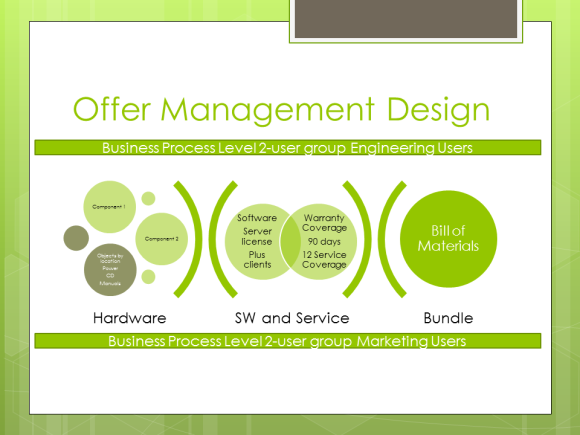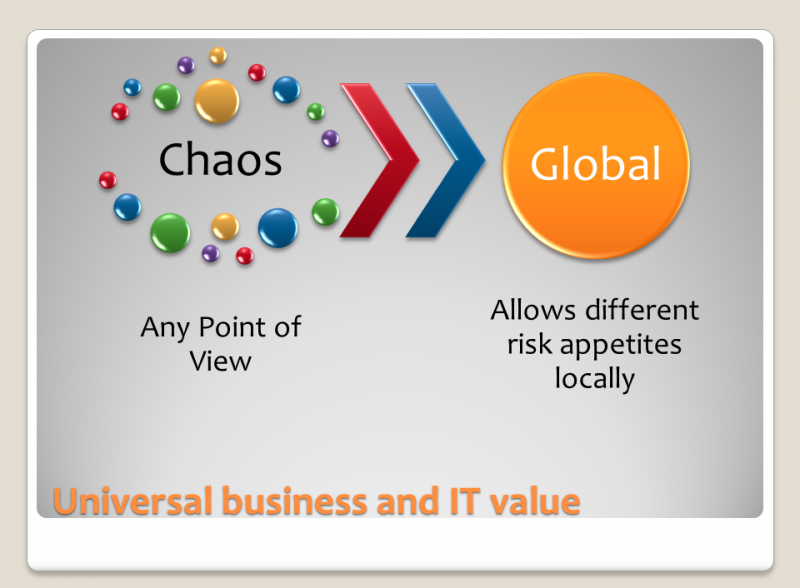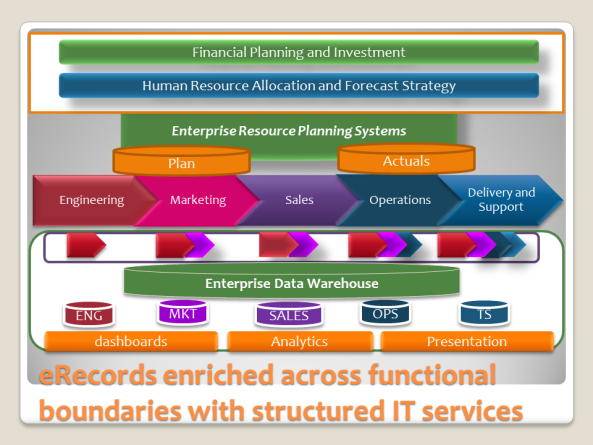Define an Offer
An offer represents any grouping of items of any combination and any classification types.
Stakeholders who create>Engineering users by business group assigned to task by business unit type in 1:many offers.
Presentation Layer (model)
A form designed to acquire the business service proposed by Sub-Process Levels 1-5 to enable the operational architecture for management and transactional capabilities.
The highway analogy series designed for Business Management Systems-Level 2
Level 3 in the highway analogy converging the outside in with the Enterprise and Business Architecture for a system designed to error proof your financial transactions.

Offer Visual Sub-Process Level 1 inputs to process outputs to Sub-Process Level 2
A Real World Expectation
The real world expects the items in your accounting system to automatically segment the transactions based on the sales journal which has a direct link to the chart of accounts. In generally accepted accounting practices (GAAP) this would be a hard rule governed by your corporate policies.
In any change project with any master data or changes to the grouping of the values defined in ERP master records;
a) Party Management Capabilities
b) Offer Management Capabilities
c) Financial Management Capabilities
Secondly, the ability to distinguish between your transaction capabilities must be clearly distinguished and understood by the two distinct stakeholders.
d) Expense Transaction Capabilities
- An offer would be created and built in the expense transaction records
e) Revenue Transaction Capabilities
- Your profit would be based on the revenue amount less the expense summarized across all components in the offer.
In both transaction capabilities you will find the references made at a point in time of the create activity for the transaction capability. A document type Expense transaction will have an outcome of a purchase order, vendor invoice and vendor payment in Level 2 of the process hierarchy.

- Visual Aide in a transaction scenario for an expense transaction
These three records (a recorded event transaction activity) will be factored into your cost of goods for any offer. The compilation of any items purchased for the build of the offer. In having this understanding you can publish the header detail in expectation of each transaction to ensure consistency and fewer opportunities for failures in your cost of goods calculations. Each of these records are part of the expense line on your financial statements.

- A revenue transaction should offset the expense in any scenario involving the Offer Management Capabilities
People
Objective definition of accuracy-The real world perspective in the case of an offer would be based on the way your offer maps to the technology market segment.
- Your executives and the board of directors for your company will expect to see and care about the real world.
- Your customers care about the real world
- Your suppliers care about the real world
Subjective definition is going to be described as Fit for Purpose based on your employees preference by function.
- Your functional stakeholders across your company will care about the Fit for Purpose
Technology
Every feature must be captured and reflect the way the chart of accounts segments the values without any values not stored in the master financial management records.
to use standards defined by international definitions.
The real world expects the items to be systematically managed using the accounting setup in your ERP system by combining the Financial Management Capability to classify and re-use business unit department codes to acquire the way the business process records are captured in ERP operational reports.
Technology in the real world
Anytime an organization invest in a new technology solution; the expectation from a business sponsor would be to acquire the features and capabilities as designed and promoted.
Anytime the use of agile approaches to implementations are used; you have no way of ever testing the implementation or features.
In a real world scenario; you can test your accounting system or any technology application acquired from a 3rd party supplier and your technical implementation by the way your canned reports (features in every 3rd party application) reflects the business process and people inputs to the application as designed. This action would be the most effective test for any software implementation value to the business. the event transactions
Offer Management Setup
Generic Objects in your offer(s) allows you to realize Agility and streamline your accounting systems for the best re-use.
Take this test by asking the following technology focused company and the way to define atomic items.
- Can you find value in a power cord without the device?
- Can you use the cables on an existing device when built for a specific device family?
Universal or Generic Objects
- Objects are typically known as hard bundles or unstructured items-the items cannot be unstructured.
- Objects should default the power and communication requirements based on the end country mapped to the location code segment 2 in many financial management capabilities.
- Objects are considered unstructured items, they cannot be decomposed from a device with an intent to have value.
- Objects are not revenue generating types and therefore have no value in the item master.
- Objects are defaults on the BOM of the device.
- Objects are not going to influence the pricing on an offer when a single price is used for the presentation of a system or bundle.
- Objects never change the margin calculation on the system or bundles.
Object Parts
- Maintenance contract items are not in the item master.
- Objects may be sold as a parts in maintenance contract models.
Example Hardware Objects
- Power cords, cables and similar universal with local requirements
- Objects are included in the price of a device.
Example Software Objects
- Objects are a fundamental part of the use of a device, internal operating software (IOS) of the type without any features.
- A license for the IOS download capability isn’t an actual paper or product for a shipment to receive into inventory, rather the HOW an entitled user acquires the software systematically.
- Objects of the IOS types are NOT add on features rather the basic software allowing the device to register a warranty and allow connectivity with other devices.







